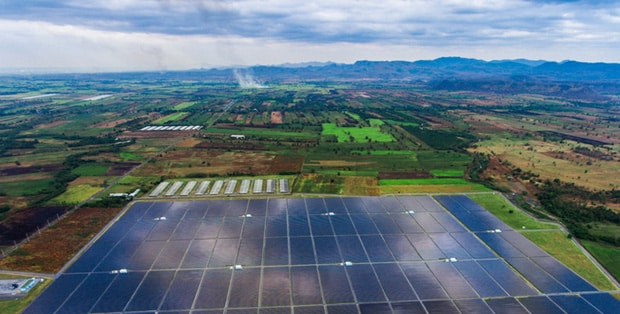The rising cost of domestic electricity led to record numbers of solar panel installation by Australians installing solar panel systems.
According to a Bloomberg report, the Clean Energy Regulator estimates 1.05 GW of solar capacity was installed in Australia in 2017. This puts solar panel installation at record levels and not expected to slow down any time soon.
In addition, the Climate Council predicts Australia will get 45 per cent of its power through solar and battery storage by 2040. That’s because solar systems are gradually becoming more affordable and can also have a payback period of as little as six years.
Escalating power costs drive solar panel installation
Australia has some of the steepest electricity costs in the world, higher than much of Europe and the US. These high costs appear to be a significant driver of our current solar boom.
Many households and businesses are not willing to wait around for the Federal Government to act. Instead, they are taking matters into their own hands and installing solar power systems on their properties.

State energy targets and projects
Another encouraging factor in the drive towards renewables is government policy – notably at state level.
In Victoria, for example, the state government has set a renewable energy target of 40 per cent by 2025. This is expected to facilitate renewable energy investment, create jobs, increase energy security and reduce energy prices for the state.
In South Australia, a government target of 50 per cent was set for 2025, but this has already been achieved. And of course last year the biggest energy storage battery in the world was switched on in the state. The company that developed the battery is also considering an even bigger storage project near Cairns in northern Queensland.
Meanwhile in NSW, the proposed Sunraysia Solar Farm will be one of the biggest facilities of its kind in Australia after completion. The location for the farm is approximately 17km south of Balranald and 140kms south-east of Mildura.
The University of NSW is also jumping on the solar bandwagon, agreeing to purchase about 25 per cent of the farm’s capacity. This should be enough to meet most, or perhaps all, of the university’s energy requirements.












































